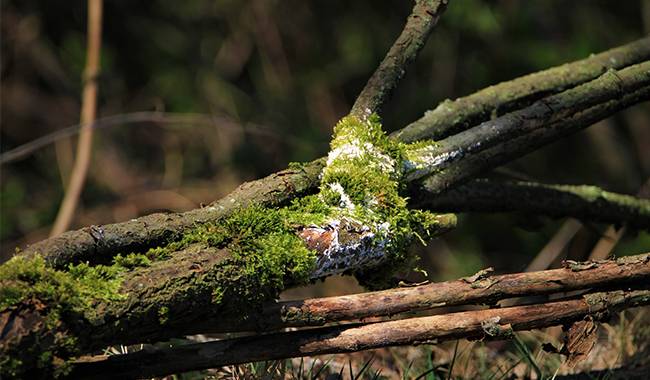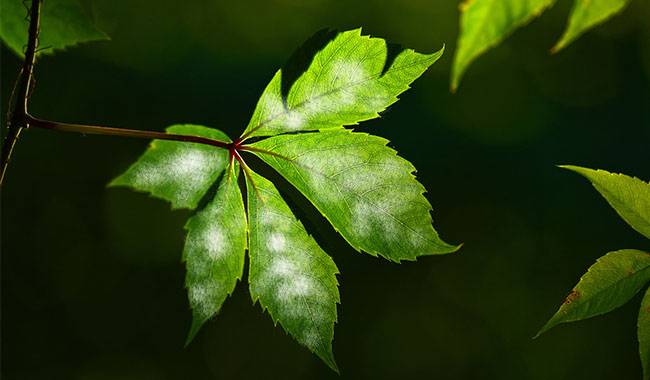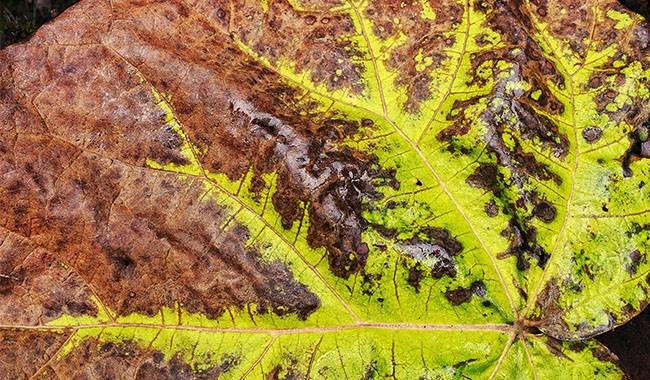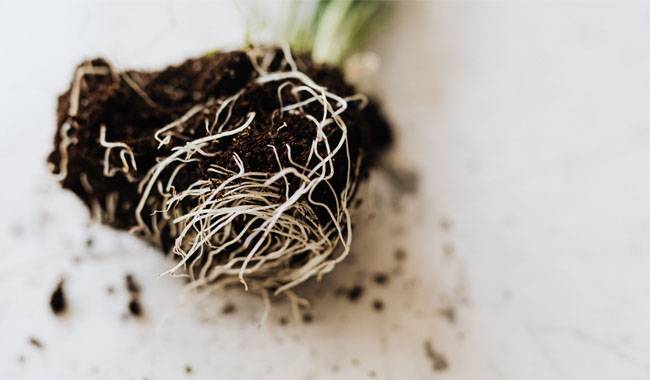
The time for sowing seedling crops is approaching. The preparations before this period are the preparation of vessels, soil for sowing, and necessary tools. In most cases, the purchased soil is used for sowing seedlings. Usually, it is completely prepared and does not require any additional treatment.
After sowing the seeds into moist fertilized soil, the container is usually covered with film until germination, simulating a greenhouse. Sometimes (more commonly for beginner gardeners), white, gray, or green fuzz appears on the soil’s surface during the first few days after sowing. This is the appearance of mycorrhizal fungi, which is a negative soil microflora.
It mainly affects seeds and young plants. However, planting sprouts and adult plants with well-developed root systems, mold on plants is practically harmless.
WHAT IS A MOLD?
Mycorrhizal fungi are lower plant microorganisms (mycorrhizal fungi) that live in soil and the environment (air, water, etc.) in spores and individual tiny mycelium. Once favorable conditions are entered, the spores and mycelial parts begin to multiply intensively in the upper layers of the soil, where there are usually stunted seedling roots.
They are unable to resist the growing mycelium penetrating the vascular system of the young roots. Seedlings that become entangled in the mycelium of the mold die. Over time, the root systems of mature plants secrete special substances that inhibit the development of the mycorrhizal fungus, which loses its inhibitory effect.
SOURCES OF MYCORRHIZAL FUNGI IN SEEDLINGS
The main source of mycorrhizal fungi is mycorrhizal spores, which are always present in the soil, water, and air in a dormant state. Even in the purified soil, when restoring its biological activity “plant growth stimulant (humates)”, there are still live spores that begin to grow and develop rapidly under the right conditions. Re-infestation of the soil by the mold can occur through water (during irrigation) and air. The spores reach the moist soil surface, germinate rapidly, and occupy vacant positions under optimal conditions of humidity and temperature.
CONDITIONS FOR THE SPREAD OF MYCORRHIZAL FUNGI
The optimal conditions for active growth and development of mycorrhizal fungi in young seedlings are as follows.
- Improper soil preparation (heavy composition, non-hydrophilic, causing water stagnation)
- High air humidity (more than 95%) and high humidity of prepared substrate (more than 80%)
- High air temperature of 71°F (22°C) and above.
- Lack of air exchange.
- Lack of light and UV rays, which are blocked by window glass.
The soil used for seedlings should be well-lit, well-watered, permeable, and breathable. A good drainage system is necessary to drain excess water in case of overwatering. When purchasing a substrate, familiarize yourself with its composition, and if making your own seedling substrate, add humus or bio-humus, sand, or high peat to the substrate. Add a mineral water-soluble fertilizer containing trace elements to the mixture.
Be sure to check the acidity of the soil, which should be neutral in the pH = 6.5-7.0 range. If the soil is acidic, dolomite powder or chalk should be used. Acidic soil creates the best conditions for the development of mycelium. Unfortunately, its own secretions also have an acidic reaction, thus inhibiting the growth and development of seedlings in the budding stage.
In the case of high temperatures and humidity, aeration is necessary but not wind-driven. Failure to observe these conditions can promote the strong growth of mold, leading to seedling decay and death. In hot and dry air, desalination of the soil can occur. A white film of salts appears on the surface of the substrate. It is necessary to carefully remove and cover the soil with a thin layer of sand (through a sieve) when it appears before sprouting.
Remember! If there is too much water, insufficient drainage, stagnant air, poor ventilation, high temperatures, and high humidity, then the mycelium will germinate faster than the seeds you sow. The mycelium can germinate into seeds but die before germination.
MEASURES TO PREVENT MOLD IN SEEDLINGS
Prevention
The control of downy mildew should start with preventive and proactive measures to prevent its appearance or reduce its damage to seedlings, significantly reducing the rate of mycelial development.
When preparing the soil mixture yourself, be sure to achieve its neutral reaction.
Remember! The rate of mycorrhizal development is directly related to the dominance of silt and humus components in the soil mixture. The soil mixture must contain sand. Peat increases the acidity of the soil mixture and creates an optimal environment for mycorrhizal fungi.
- If seeds are prepared independently, sow only with sterilized seeds.
- Check the acidity of the soil constantly (especially before germination), and if it is high, immediately dry the top layer of the soil by sifting a thin layer of calcined and cooled quartz or washed river sand (without clay content) over the seeds. Then water with a baking soda solution (0.5 teaspoons per 0.25 Gal of water). You can (instead of sand) sprinkle with activated charcoal powder. Pour a solution of grass ash (0.5 tablespoons per 0.25 Gal of hot water without topping, soak until cool). Other methods can also be used.
- Ventilate the greenhouse constantly for air exchange and to reduce the humidity caused by the evaporation of soil moisture.
- Sow the seeds in moist soil (not wet). At subsequent times, until the seedlings appear, the soil is sprinkled only with distilled water, softened at room temperature. For this purpose, put a piece of wood (not coniferous) in a gauze bag. You can add 3 grams of grass ash per 0.25 Gal of water, filter it and sprinkle it on the seedlings and young plants before harvesting.
- It is best to water through trays, which also soften the water.
- When watering too much, leave the greenhouse open for 1-2 hours until the topsoil dries out.
Active destruction of mold
If preventive measures do not have an effective effect on the state of the soil and, with the resumption of watering, the mold begins to grow and weave the seedlings with mycelium actively, then the following measures should be taken.
- Prepare a working solution of phytosporin and mycorrhizal strictly according to the instructions and water the seedlings and seedlings.
- Some experienced vegetable growers carefully (with toothpicks) remove the mold that appears on the soil surface and then fill sand or charcoal powder around the sprouts and seedlings. Thereafter, be sure to cover the soil with dry sand after watering.
- The soil surface should always be loose, not dense, and flooded by irrigation to allow oxygen to enter.
- If the soil becomes white after irrigation due to salinization of mineral salts, it should be carefully removed, and forest soil or quartz sand added. Water gently, so that fragile seedling stems are not traumatized, then cover with sand.
Use chemicals for mold control
If the above methods are not effective against mildew, the soil can be treated with chemicals after seedling emergence, using oxytetracycline, ketoconazole, or clotrimazole mixed with irrigation water (5 g/11 sq. ft.). The same fungicide can be applied to the soil 1-3 days before planting.
If patches of mold-infected seedlings appear, remove the diseased plants. Treat the area where the seedlings are located with a 3% copper sulfate solution.
Use biological agents to control mildew in sprouts
Treatment of soil and plants with phytosporins or bacterial insecticides (fungicides) from biological agents is effective against mildew, according to the recommendations.
The primary treatment with bio fungicides is the disinfected soil mixture. Treatment is carried out 8-10 days after germination of plants. In the following time, within 10-15-20 days before planting the culture in a permanent location, the bio fungicide is applied to the soil, and the plants are watered and sprayed. After irrigation, the soil must be loosened and covered with mulch. Compared to chemical agents, 1-2 treatments will not be effective in destroying mycorrhizal fungi.
The preventive and aggressive control measures described above are not a panacea against mildew, but following these recommendations will give you healthy seedlings and a quality crop in the future.
In addition to the methods described above, there are other methods vegetable growers use to prevent mold in their seedlings that you can share in the comments.
More related information about planting & growing seedlings







